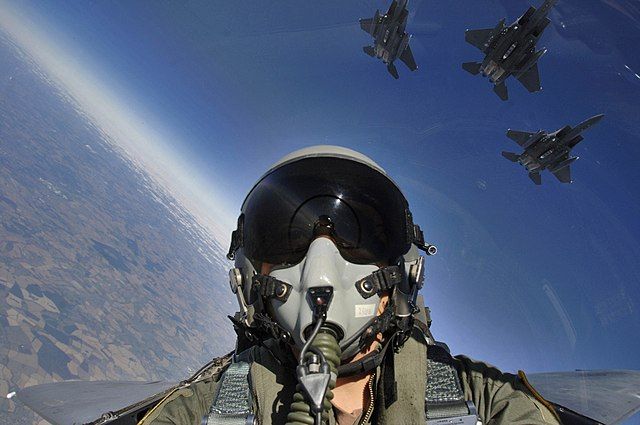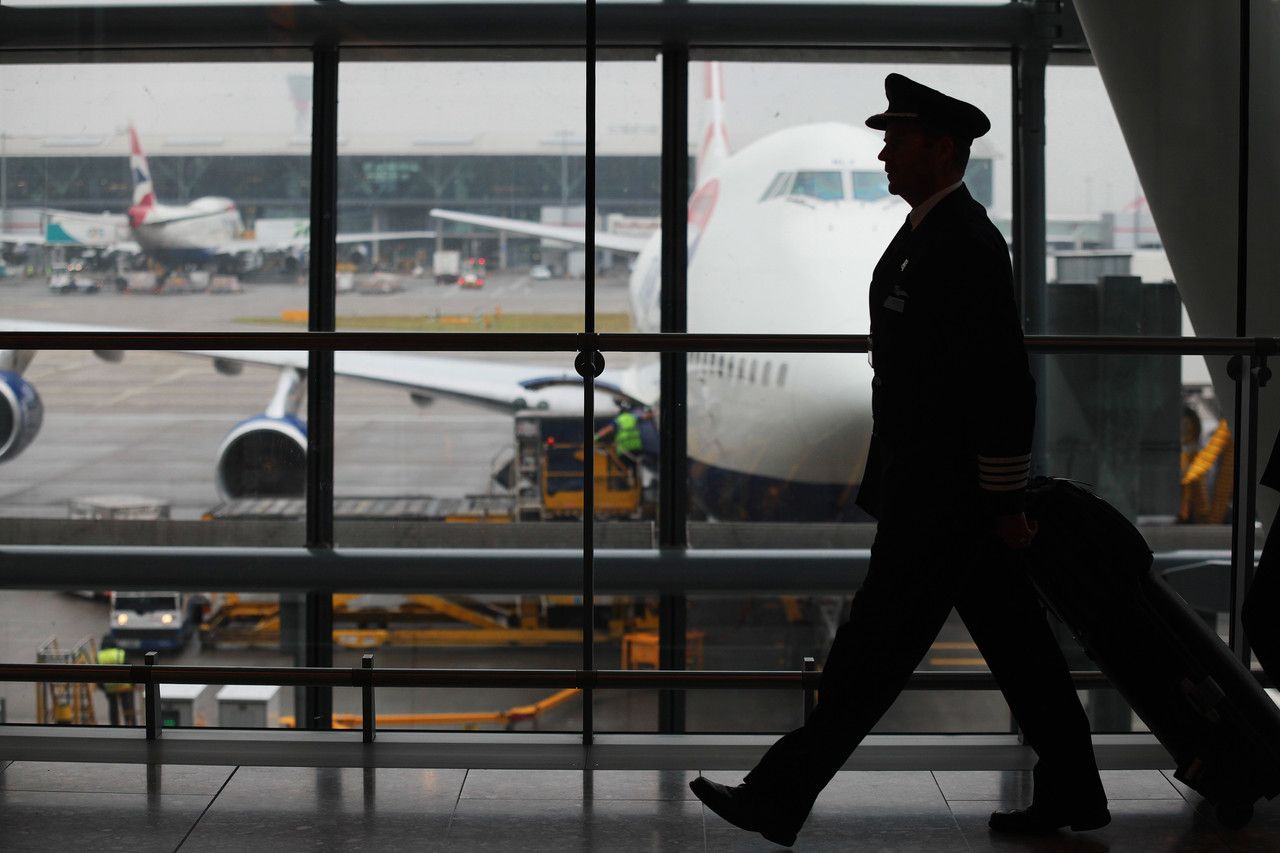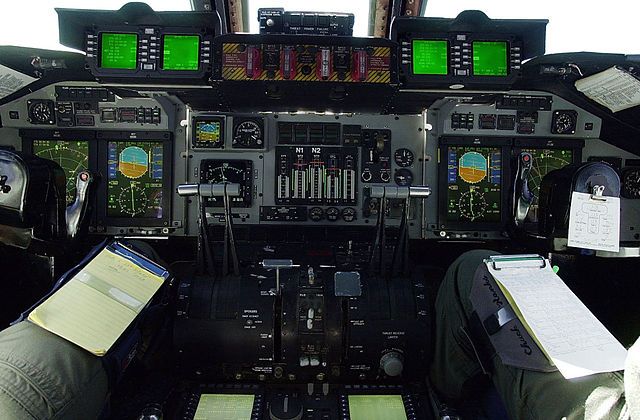Pilots are often subjected to eyesight requirements, as being able to see is extremely important for their profession. Requirements generally vary by country, and oftentimes the requirements for fighter pilots and commercial pilots may differ. Nevertheless, near-perfect vision (with assistance from glasses) is expected in most countries.
Pilots who require glasses are also expected to follow guidelines outlined in their medical certificate. For example, in most countries, such as the United Kingdom and the United States, pilots with glasses must always carry an extra pair in case of emergencies.
FAA guidelines
Pilots are required to go through regular eye-testing to ensure that they are well-equipped to fly planes in both commercial and military aviation. In the United States, commercial pilots are required to have 20/20 vision when piloting the aircraft. However, this is not always biologically possible, and so the Federal Aviation Administration (FAA) does allow its pilots to complete their eye-testing with prescription eyeglasses or with contact lenses.
Not all prescription eyeglasses or contact lenses are allowed per FAA rules and regulations. Commercial pilots with refractive errors and presbyopia are asked to wear progressive eyeglasses or multifocal glasses to correct their vision to an acceptable standard.
Monovision contact lenses (one contact lens prescribed for distant vision and the other for near vision) are, on the other hand, not acceptable according to the FAA, as they have the tendency to impair binocular vision and depth progression, which may affect pilots' ability to fly a plane safely.
International vision requirements
The United Kingdom's Civil Aviation Authority (CAA) has similar rules regarding pilots' vision. However, their requirements are more detailed than that of the FAA:
‘An applicant [to be a pilot] may be assessed as fit with hypermetropia not exceeding +5.0 dioptres, myopia not exceeding -6.0 dioptres, astigmatism not exceeding 2.0 dioptres, and anisometropia not exceeding 2.0 dioptres, provided that optimal correction has been considered and no significant pathology is demonstrated. Monocular visual acuities should be 6/6 or better.‘
In the UK, pilots who require glasses are instructed (on their medical certificate) to adhere to certain guidelines. The most important rule is that these pilots must carry a spare pair of glasses when they are on duty. However, some glasses are not permitted under the CAA's guidelines - pilots must not wear polarized glasses or bifocal contact lenses when flying.
 In the military
In the military
Commercial pilots and military pilots also have different vision requirements. In the United States Air Force, service members' eyesight is thoroughly tested by medical professionals prior to their training in order to decide whether these service members will require any glasses. For example, the benchmark in the Air Force is that all service members must have a refractive error within the range +8.00 diopters to -8.00 diopters. In addition, service members in the Air Force must also have 20/20 near vision, and they must have normal color vision.
Other branches of the US military also have different vision requirements, and these requirements also depend on the nature of the service members' tasks within the military.


